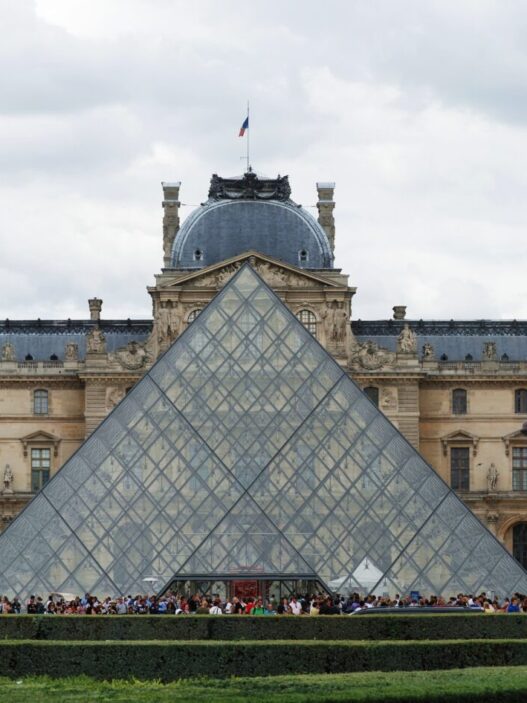The Noguchi Museum in New York City recently became the epicenter of a heated debate over workplace dress codes, politics, and cultural expression. In late August 2024, the museum introduced a policy prohibiting “political dress” that could make visitors feel uncomfortable or unsafe. This controversial update led to the termination of three gallery attendants and a director of visitor services who refused to comply with the ban on keffiyehs, a traditional Palestinian headscarf. The ban has drawn sharp criticism from both staff members and the public, sparking protests and raising questions about cultural representation, freedom of expression, and the museum’s leadership.
Staff Termination and Public Outcry
The museum’s decision culminated in the termination of gallery attendants Trasonia Abbott, Natalie Cappellini, and Q. Chen, all of whom opposed the dress code and wore keffiyehs as a sign of solidarity with Palestinians. A fourth employee, the Director of Visitor Services, was also terminated during the fallout. Over 50 staff members, representing two-thirds of the museum’s workforce, signed a petition calling for the policy’s reversal.
A protest was held outside the Noguchi Museum on September 8, 2024, where over 60 people, including former employees and supporters, gathered to protest the terminations and inform visitors about the ban. Inside the museum, musician Alex Zhang Hungtai performed while wearing a keffiyeh, further emphasizing solidarity with the workers.
Keffiyeh: Cultural or Political?
The keffiyeh, a traditional Arab headdress, has been a point of contention in this controversy. While the museum’s leadership argued that the keffiyeh is a political symbol, many staff members and critics of the policy disagreed. They assert that wearing the keffiyeh is an expression of cultural identity rather than a political statement, and that the museum’s justification for banning the garment blurs the lines between cultural heritage and politics.
In a recorded meeting with museum officials, Abbott and their colleagues were told that the keffiyeh had political connotations and violated the updated dress code. However, Abbott rejected this reasoning, arguing that calling attention to humanitarian crises should not be classified as political.
Cultural Erasure and Staff Concerns
Cappellini, one of the terminated gallery attendants, voiced concerns about the broader implications of the ban, noting the potential erasure of cultural symbols. “What’s next?” Cappellini asked, fearing that other cultural garments could similarly be banned under the guise of preventing “politicization.” She described the policy as a slippery slope, one that might lead to increased cultural censorship.
Concerns about workplace morale have also surfaced. Current and former employees described the atmosphere at the museum as “shattered” and expressed frustrations about the lack of clarity surrounding the policy. The termination of staff members based on the policy has caused emotional exhaustion and a sense of powerlessness among employees, according to those who spoke on the condition of anonymity.
Noguchi’s Legacy and the Museum’s Stance
The museum, named after the renowned Japanese-American artist Isamu Noguchi, has long been regarded as a space where art intersects with political and social justice issues. Protesters highlighted this legacy, pointing to works by Noguchi that directly reference themes of oppression and injustice. They called for the museum to honor Noguchi’s antifascist values by respecting the rights of its workers and reconsidering the dress code policy.
The museum’s official statement, however, framed the policy as a means of maintaining a neutral environment for its visitors. The leadership argued that while the intent behind wearing keffiyehs might be personal, such expressions could inadvertently alienate segments of the museum’s diverse audience.
Future of the Museum and Its Workers
As protests continue and the staff remains divided over the policy, many hope for resolution through greater transparency and dialogue. Critics of the policy demand accountability from the museum’s leadership and are calling for the reinstatement of terminated employees. Others, like Cappellini, stand by their choice to defy the dress code, believing that the cultural significance of the keffiyeh should be protected.
In the words of protester and former employee Trasonia Abbott: “We are gathered here today to mourn a once great museum.” As the situation unfolds, the museum faces mounting pressure to address its policies in a way that respects both its workers and the diverse communities it serves.




















